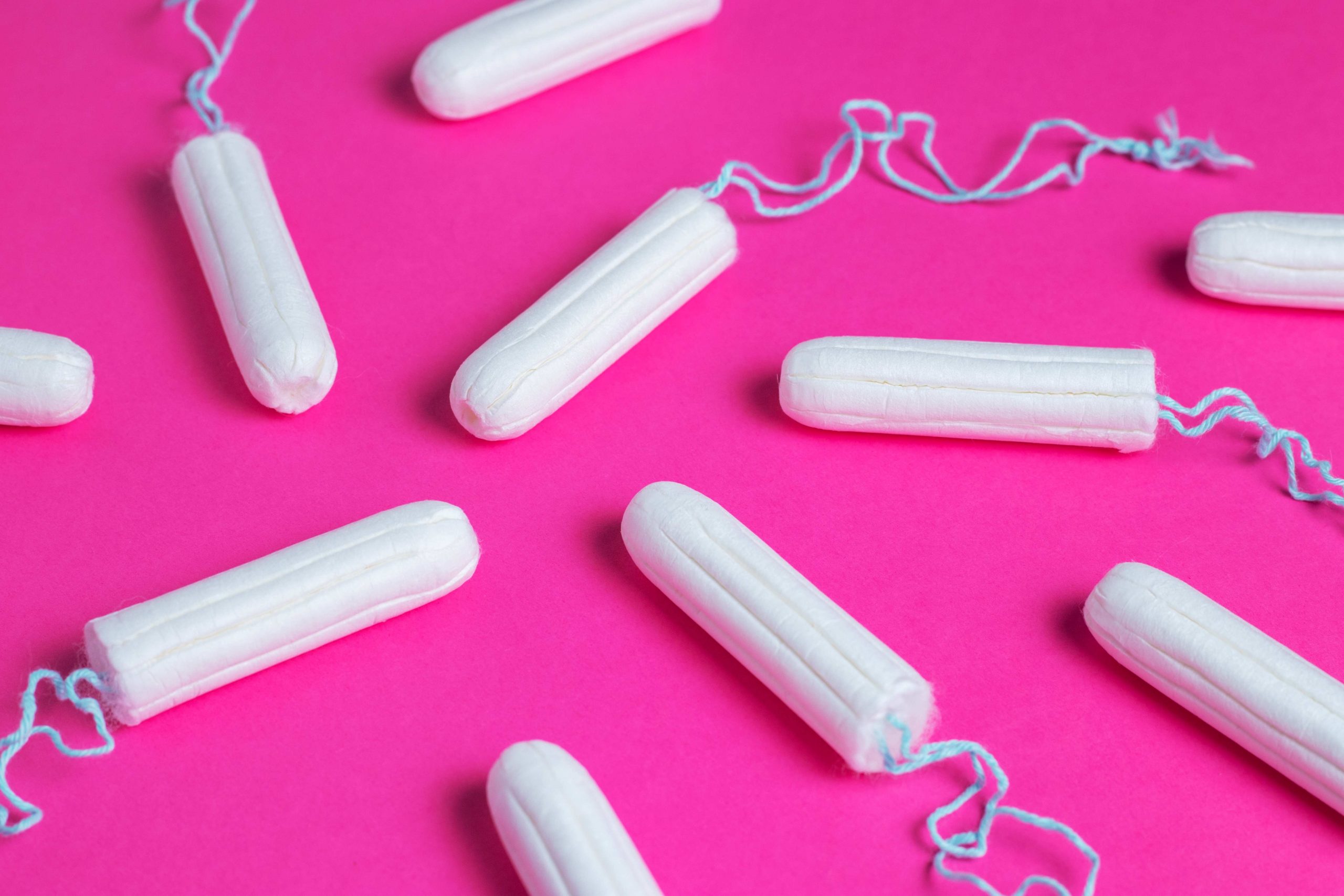A study conducted by the University of California Berkeley has alarmingly found arsenic, lead and other toxic metals in tampons in Athens, Greece, New York City, USA and London, England.
Published in the journal Environment International by Elsevier under the title Tampons as a source of exposure to metal(loid)s, the study is the first of its kind and reveals that it found the presence of 16 heavy metals in all of the tampon products it tested.
What researchers tested
In detail, the study examined a total of 30 tampons (24 unique products, 14 brands, 18 product lines and five absorbencies) made from cotton, rayon and viscose across the three countries between September 2022 and March 2023.
Researchers purchased both “big name” products and store brands, organic and non-organic, and tampons with and without plastic/cardboard applicators.
The study says that it tested for: arsenic [As], barium [Ba], calcium [Ca], cadmium [Cd], cobalt [Co], chromium [Cr], copper [Cu], iron [Fe], mercury [Hg], manganese [Mn], nickel [Ni], lead [Pb], selenium [Se], strontium [Sr], vanadium [V], and zinc [Zn].
Why they conducted the research
The research was driven by a concern over heavy metal toxicity, the high plausibility that heavy metals would be found in tampons, and “the characteristics of the vaginal epithelium that allow for efficient chemical absorption into systemic circulation.”
“Vaginally absorbed chemicals do not undergo first-pass metabolism and detoxification via the liver and directly enter systemic circulation,” explained the study.
The exposure to heavy metals through tampons and potential implications for women’s health could be great, considering that between 52-86% of women in the US use tampons and that menstruating women may use more than 7,400 tampons over their reproductive years, said the study.
Metal toxicity has been found to increase the risk of cancer, infertility, dementia, diabetes, and a host of other problems in the cardiovascular, nervous and endocrine system, as well as to unborn babies. And previous studies on soap and make-up have found that heavy metals can cross the skin barrier.
How heavy metals get into tampons
Researchers hypothesize that the heavy metals may enter into tampons through the core materials used (cotton, rayon, viscose).
Plants, as is widely known, uptake metals from contaminated soils and bioaccumulate in plants, such as cotton, which are then harvested to make tampon blends.
Farmers use a variety of methods that may introduce heavy metals into plants, such as irrigating with wastewater, and treating with pesticides and fertilizers that may contain heavy metals.
And another potential point of “entry” for heavy metals into tampons is the actual manufacturing process which includes “product whitening, antimicrobial purposes, odor reduction, lubrication, and as pigments in applicators”.
Why are potentially toxic tampons on the market?
Regulators, according to the study, are shockingly not required to test for the presence of heavy metals in tampons, although they should be, says the researchers at the University of Berkley.
“This is especially important considering that we found measurable quantities of several toxic metals, including Pb, [lead] which has no known “safe” exposure level.”
No testing is required, despite the fact that many studies reveal the connection between heavy metal exposure and cancer and “despite the potential for substantial vaginal absorption of metals and the widespread and frequent use of tampons among menstruators.”
The researchers concluded that more studies need to be done to replicate their results and also to “determine whether metals can leach out of tampons and cross the vaginal epithelium into systemic circulation.”







